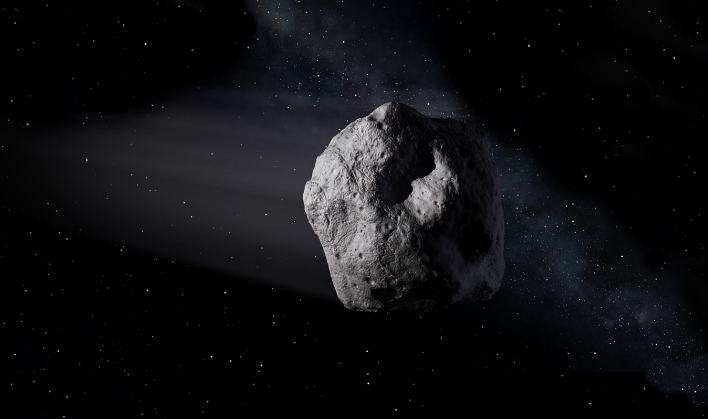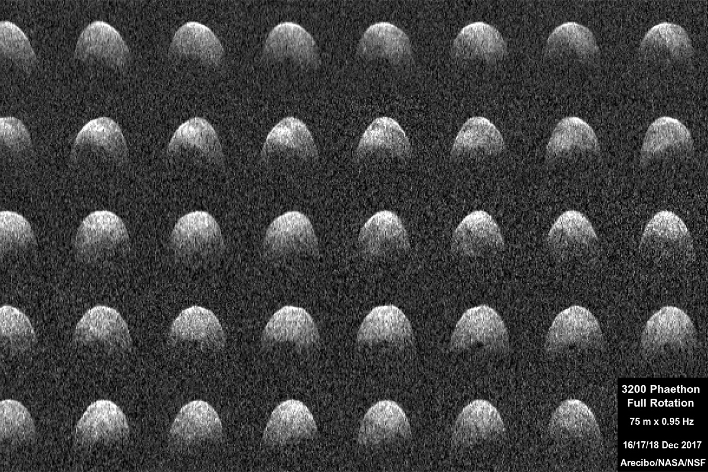Scientists Discover A Potentially Hazardous Near-Earth Asteroid With An Unusual Trait

NASA's DART mission recently flew into asteroid Dimorphos, in a test to see if it is possible to change the path and speed of an asteroid that presents an imminent threat to Earth. The space agency has since said the mission was a success, and will be spending the next months and years pouring over all the data that was collected. But the research for Earth's planetary defense system does not stop there. Others are doing their own studies, and one group of scientists at the University of Central Florida have discovered an interesting feature of asteroid Phaethon.
Phaethon has a diameter of roughly 5.4 kilometers, and is said to be one of the largest asteroids that comes close enough to Earth to be classified as a potential danger. Asteroid 1685 Toro is the next largest with a measured change to its rotation period, and has a diameter of around 3.5 kilometers. Phaethon is said to have a rotation of once every 3.6 hours, and its rotation is decreasing 4 milliseconds each year.
Because of this unique feature, the Japanese Aerospace Exploration Agency (JAXA) chose Phaethon as its target of the upcoming DESTINY mission. The mission is scheduled to launch in 2024, and is expected to fly by the asteroid in 2028. Its objectives are to make observations of the asteroid and its interplanetary dust in order to demonstrate various technologies for deep space exploration.

Arecibo planetary scientist Sean Marshall is part of the team of scientists that have been studying data from a variety of resources concerning Phaethon. Some of the equipment and technology utilized are NASA's Goldstone Deep Space Communications Complex, stellar occultations, and optical light curves which showed variations in the asteroids brightness as it rotates.
Marshall and the rest of the team used radar data, optical light curves from 1989 to 2021, and occultations from 2019 until 2021 in order to create a shape model that showed Phaethon to be top-shaped. He experienced difficulty fitting the latest light curve observations from late 2021 during the finalizing of the model.
"The predictions from the shape model did not match the data," indicated Marshall. "The times when the model was brightest were clearly out of sync with the times when Phaethon was actually observed to be brightest." Marshall says he realized that this could be explained by the asteroid's rotation period changing subtly at some time before the 2021 observations.
After studying the data further, the team was able to determine that the model could be fit with constant rotational acceleration. By including this feature, the model provided a much better fit to the data from 2021, as well slightly improving the model to earlier years.
"This is good news for the DESTINY team, since a steady change means that Phaethon's orientation at the time of the spacecraft's flyby can be predicted accurately, so they will know which regions will be illuminated by the Sun," remarked Marshall.

